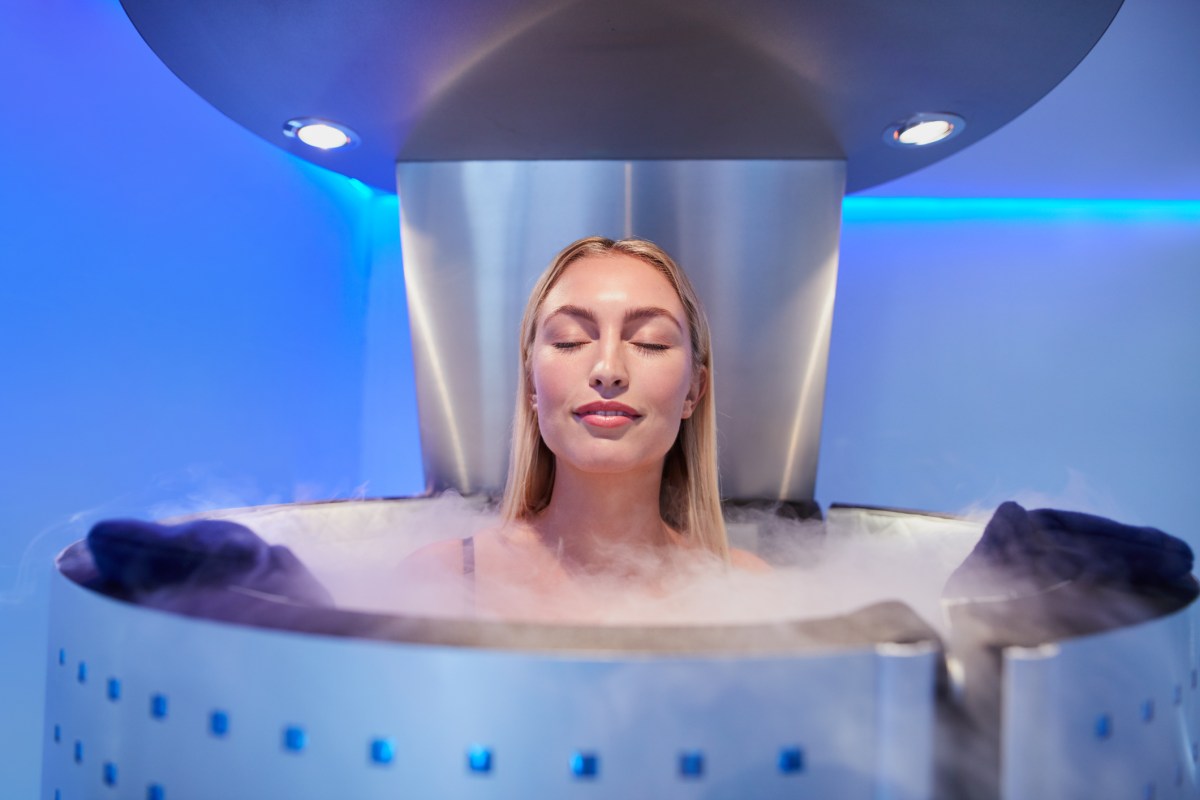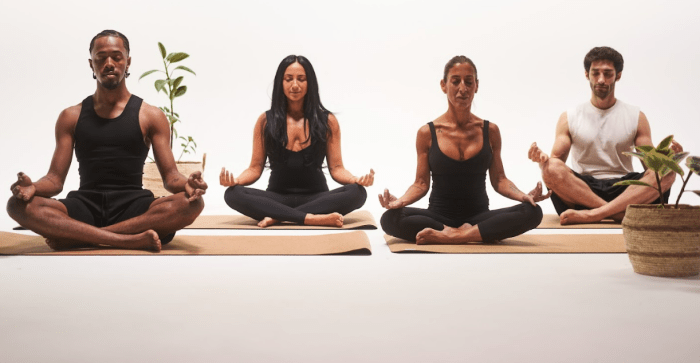Cryotherapy, a treatment involving exposure to extremely cold temperatures, has become increasingly popular for its potential health benefits.
The practice, which typically involves exposing the body to subzero temperatures for short periods, is used by athletes, fitness enthusiasts and individuals seeking relief from various medical conditions. While cryotherapy has been used for decades in medical and sports circles, it has recently gained mainstream attention for its purported benefits in pain relief, recovery and even skin care.
In a typical cryotherapy session, individuals step into a chamber or use localized devices that emit cold air or liquid nitrogen. Whole-body cryotherapy, the most common form, involves standing in a chamber where the temperature can drop as low as -200 degrees for up to three minutes. The cold is thought to trigger the body’s natural healing processes, reducing inflammation and promoting muscle recovery.
For athletes, cryotherapy has become a go-to recovery tool. It reduces muscle soreness after intense workouts or competitions. The intense cold stimulates the body’s circulatory system, constricting blood vessels and forcing the blood to flow from the extremities to vital organs. Once the session ends and the body warms up, the blood returns to the limbs, potentially speeding up the recovery process and reducing swelling.
Cryotherapy has also been promoted for its potential pain-relieving properties, particularly for conditions such as arthritis, fibromyalgia, and chronic pain. Cold exposure is believed to numb nerve endings, providing temporary relief from pain and inflammation. Some studies suggest that cryotherapy may help reduce pain in patients with rheumatoid arthritis, though more research is needed to confirm its long-term effectiveness.
Beyond recovery and pain management, cryotherapy is also touted as a treatment for skin health. It’s claimed that the cold stimulates collagen production, leading to smoother, tighter skin.
Localized cryotherapy is often used in beauty salons and spas for facial treatments and to combat signs of aging. By cooling the skin’s surface, cryotherapy may improve skin tone, reduce fine lines and increase blood circulation, contributing to a more youthful appearance. Experts caution that while some results may be visible immediately, the long-term benefits of cryotherapy for cosmetic purposes remain unclear.
Despite its growing popularity, cryotherapy is not without risks. Proponents emphasize the importance of using cryotherapy under the guidance of trained professionals, as improper use can lead to frostbite, burns or other injuries. Individuals with certain medical conditions, such as cold sensitivity, cardiovascular problems or respiratory issues, should consult a doctor before undergoing cryotherapy treatments.
The scientific evidence supporting cryotherapy’s health claims remains mixed. While some evidence suggests that cold therapy can aid in muscle recovery and pain relief, studies on its long-term effects are still limited. Most of the benefits are based on anecdotal evidence or small-scale studies, and larger clinical trials are needed to fully understand their impact on overall health.
Cryotherapy has proven to be a highly effective recovery tool for some, while others may find the benefits less pronounced. As the practice grows in popularity, individuals need to approach it with caution and ensure they are receiving treatment from licensed professionals in a controlled environment. Whether it’s for reducing pain, speeding up recovery or improving skin health, cryotherapy remains a fascinating area of modern wellness with both potential and uncertainty.

































